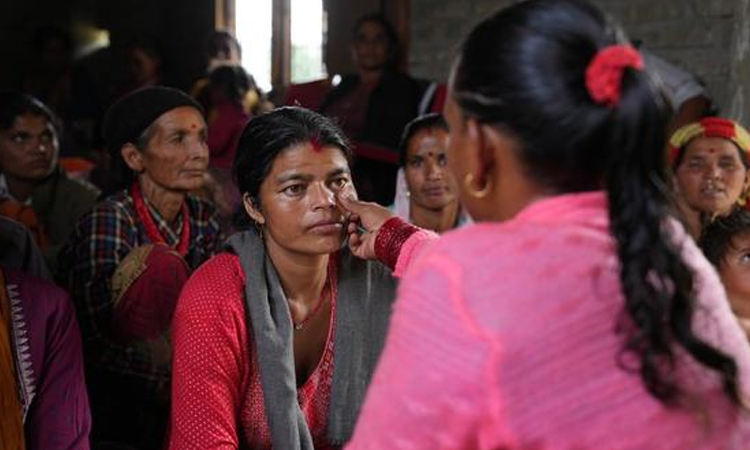News Flash

DHAKA, July 10, 2025 (BSS) - More 18 million girls and women could become anaemic by 2030 without concerted action adding to the current burden of 259 million.
Anaemia remains one of South Asia’s most persistent health and equity challenges, affecting nearly half of all adolescent girls and women in the region.
It was told at a conference on Nourishing South Asia Reducing Anaemia in Adolescent Girls and Women regional conference in Colombo, Sri Lanka, a press release said.
In response, for the first time, governments from seven South Asian countries have come together to take collective action against anaemia.
SAARC, UNICEF and WHO urged the governments to take urgent and unified action in South Asia, the region with the highest burden of anaemia among girls and women globally.
South Asian Association for Regional Cooperation (SAARC), the Government of Sri Lanka, UNICEF, WHO, and other partners are hosting the three-day conference from July 9.
The event also brings together over 100 policymakers, researchers, health experts, and development leaders to shape a shared regional framework and country action plans to address this widespread yet overlooked health crisis.
The conference will also launch a new South Asia Anaemia Academic Alliance, aimed at rallying scientific leadership and closing research gaps to drive long-term solutions.
Addressing the conference Sri Lankan Prime Minister Dr Harini Amarasuriya said, Anaemia remains a public health concern in his country, affecting 18.5 per cent of women of reproductive age and 14.6 per cent of children under five.
“We are eager to strengthen our partnership with UNICEF, WHO, and other UN agencies. Organising this conference highlights our position as a regional leader in tackling anaemia,” he said.
Speakers said, anaemia isn’t just a health problem. It’s a warning sign of deeper issues, such as poor nutrition, infections, and inequality.
The poorest, particularly women and children, are most affected, exacerbating the existing crisis of poor health, malnutrition, lost opportunities, and gender inequality, they said.
Secretary General of SAARC Golam Sarwar and Regional Director of UNICEF South Asia Sanjay Wijesekera spoke, among others, on the occasion.
Governments must lead, but communities, health workers, schools, and families all have a role to play to free the region from anaemia, experts said.